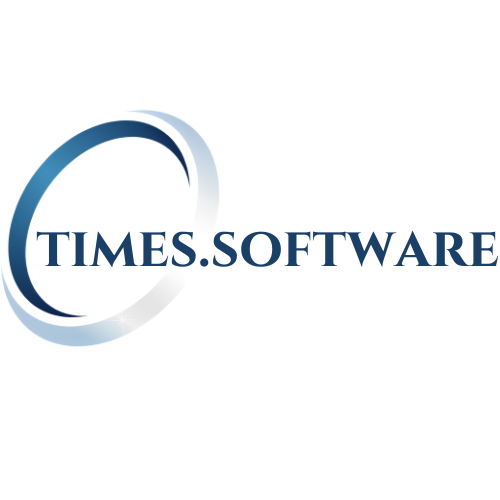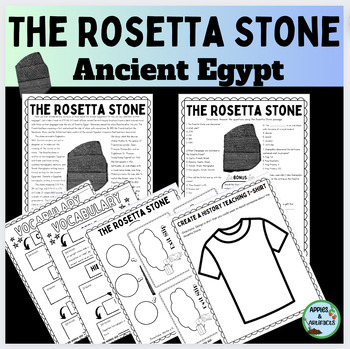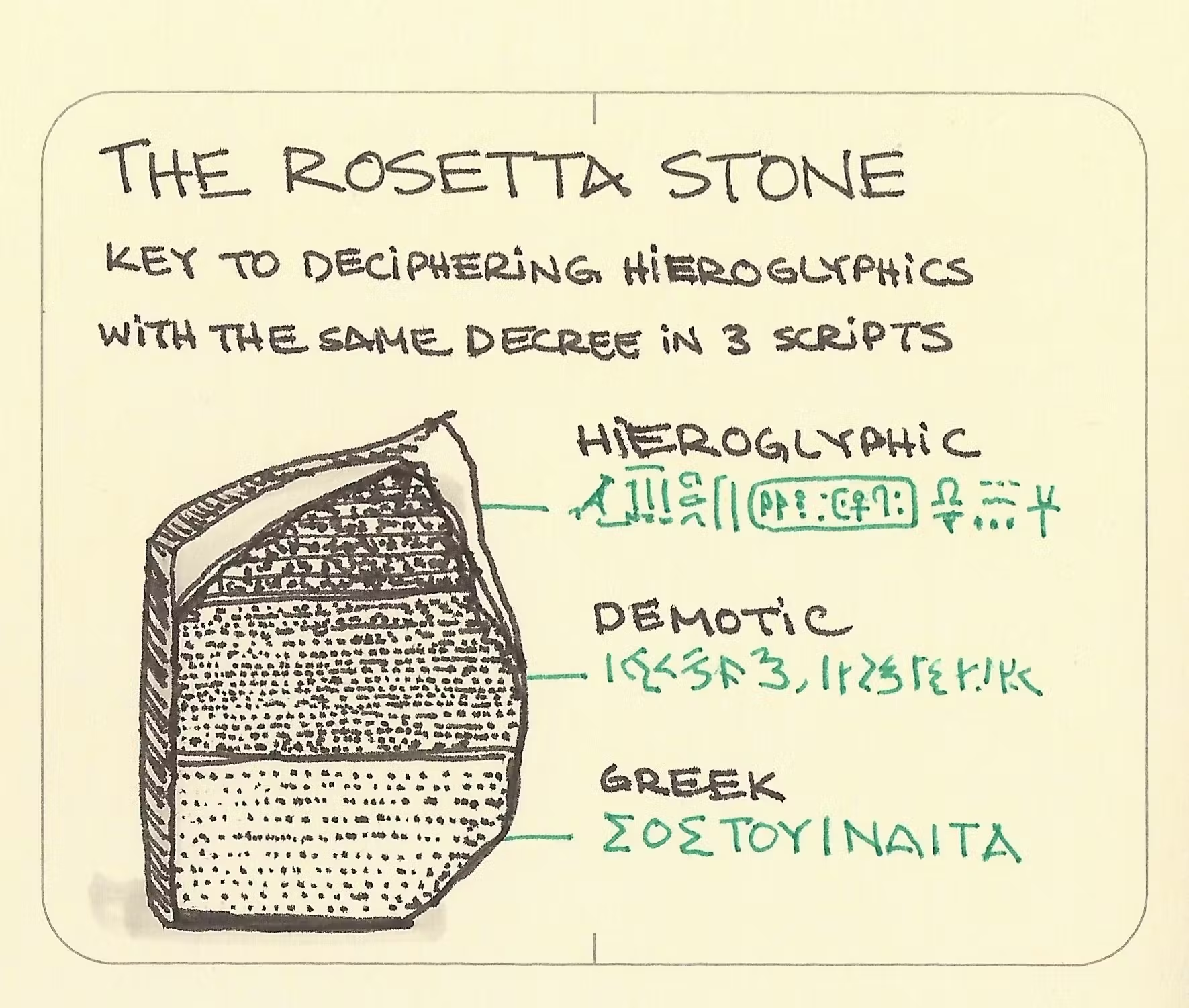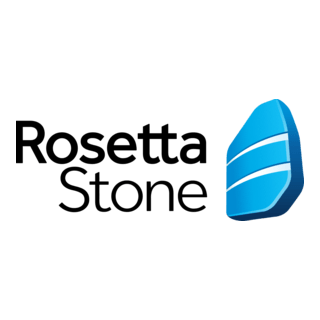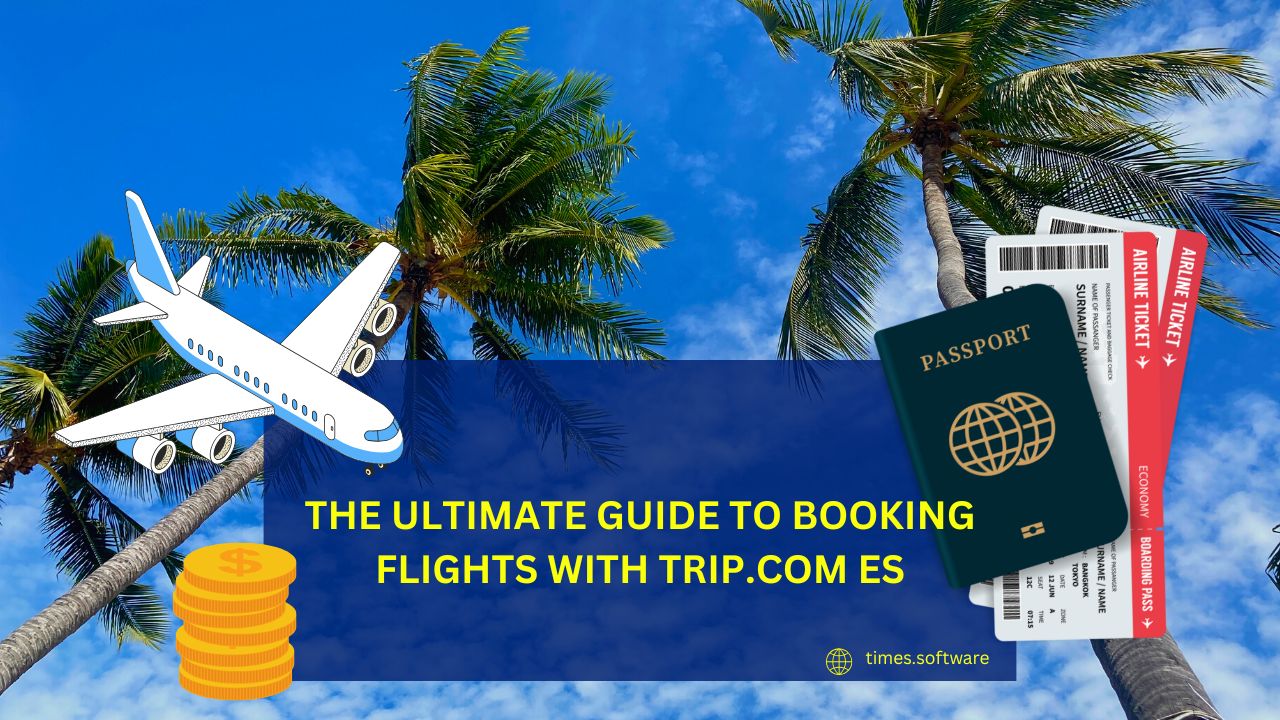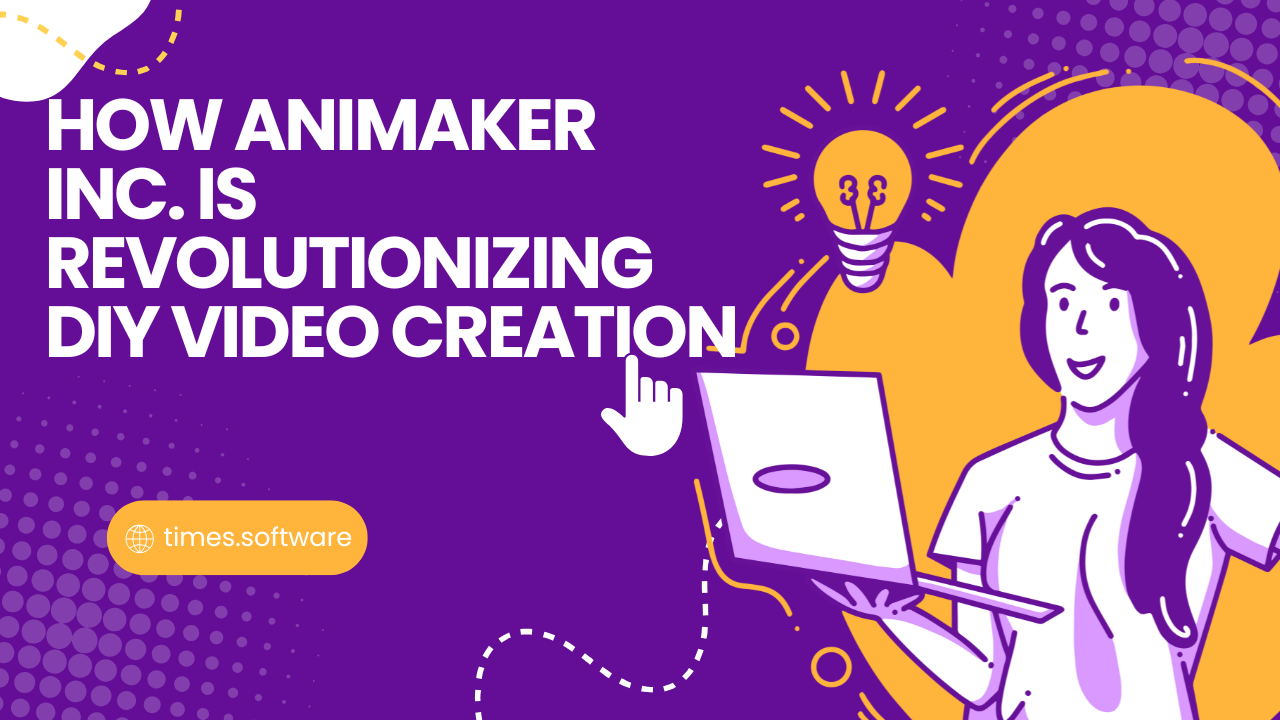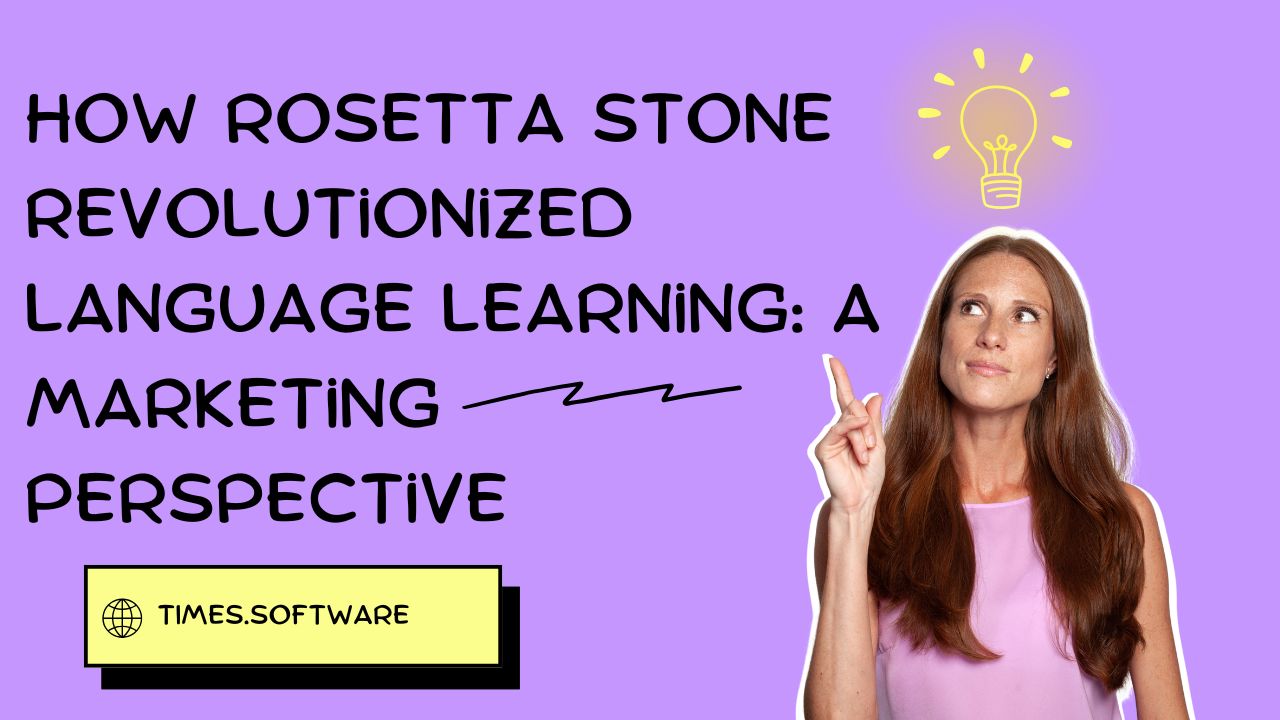
How Rosetta Stone Revolutionized Language Learning: A Marketing Perspective
This blog post explores how Rosetta Stone transformed the language learning industry through innovative marketing and technology. It delves into the company’s immersive learning method, strategic branding, and adaptability in the digital era. From identifying the right audience to building global trust, the article highlights how Rosetta Stone became a pioneer in language education and a powerful example of marketing excellence.
Table of Contents
ToggleIntroduction:
When it comes to language learning, Rosetta Stone has been a game changer. From the late 1990s to today’s digital age, the company’s marketing strategies have helped millions break language barriers. But what truly made Rosetta Stone stand out wasn’t just its teaching method—it was how it marketed language learning as a life-changing experience.
The Birth of Rosetta Stone
Rosetta Stone was founded in 1992 by Allen Stoltzfus, who wanted to replicate how humans naturally learn languages. His frustration with traditional learning methods led to the creation of a software that relied on visual cues, repetition, and immersion.
This concept filled a crucial gap in the market—making learning not only effective but enjoyable.
Understanding the Language Learning Market
Before Rosetta Stone entered the scene, language learning was dominated by textbooks, classroom instruction, and cassette tapes. These methods were time-consuming and monotonous.
Rosetta Stone identified a new consumer group—people who wanted self-paced, tech-driven, and accessible language learning. The company’s marketing tapped into the growing desire for convenient education.
The Science Behind Rosetta Stone’s Method
Unlike traditional grammar-heavy approaches, Rosetta Stone emphasized contextual understanding—similar to how children learn their first language. Its immersive platform used pictures, audio, and repetition to reinforce comprehension naturally.
This innovative learning philosophy became its biggest marketing strength, appealing to people frustrated with conventional classroom models.
The Role of Technology in Learning Innovation
Rosetta Stone pioneered computer-assisted learning before e-learning became mainstream. Its intuitive interface and gamified lessons made it one of the first software products to turn learning into an interactive digital experience.
As the internet evolved, Rosetta Stone shifted from CD-ROMs to cloud-based and mobile learning, ensuring it remained accessible anywhere, anytime.
Target Audience and Segmentation
Rosetta Stone’s marketing strategy targeted multiple audience segments:
- Students aiming to improve academic skills
- Travelers preparing for trips abroad
- Professionals seeking global communication abilities
This segmentation helped the company personalize campaigns and create ads that resonated with specific learner motivations.
Unique Selling Proposition (USP)
Rosetta Stone’s USP was clear: “Learn a new language naturally, just like you learned your first one.”
This focus on intuitive immersion differentiated it from competitors that relied heavily on translation or memorization. The tagline “No translation, just understanding” emphasized this message across global campaigns.
Marketing Strategies That Worked
The company’s digital-first marketing was ahead of its time. Rosetta Stone leveraged:
- Early online advertising
- TV commercials showing real learners
- Free demo lessons to build trust
Its bright yellow branding and relatable storytelling made it instantly recognizable across the world.
Why HubSpot Is the Best CRM for Small Businesses
Why GOVEE MOMENTS TRADING LIMITED Is Leading in RGB Innovation
Social Catfish vs BeenVerified: Which Tool is Better for Background Checks?
Lordhair Maintenance Guide: Make Your Hairpiece Last Longer
Why Sonetel Is the Smart Choice for International Calling
Building Brand Trust
Trust played a central role in Rosetta Stone’s growth. The company collaborated with schools, governments, and corporations to showcase credibility. Testimonials from satisfied learners and partnerships with academic institutions further strengthened its brand reputation.
Evolution of the Brand
The transition from CDs to mobile apps showed Rosetta Stone’s adaptability. While other companies struggled with digital transformation, Rosetta Stone embraced it—introducing subscription models, mobile learning, and AI-based speech recognition.
This evolution allowed it to retain long-time customers while attracting younger, tech-savvy learners.
Content Marketing and Storytelling
Rosetta Stone mastered story-driven marketing. Its campaigns often focused on emotional narratives—showing how learning a language could reunite families, enhance careers, or open cultural doors.
Such emotional storytelling connected deeply with audiences, making Rosetta Stone not just a brand, but a symbol of global connection.
Partnerships and Collaborations
Strategic partnerships further extended Rosetta Stone’s reach. Collaborations with airlines, universities, and even the U.S. military boosted visibility and trust.
By positioning itself as both a consumer product and educational resource, the company built a strong presence in multiple industries.
Challenges and Competition
As competitors like Duolingo, Babbel, and Busuu emerged, Rosetta Stone faced new challenges. Free apps disrupted the paid model, forcing the company to rethink its pricing and engagement tactics.
However, Rosetta Stone’s long-standing reputation and strong marketing foundation helped it maintain a loyal user base despite rising competition.
Lessons from Rosetta Stone’s Marketing Strategy
- Innovation sells – When you offer a unique experience, it becomes your strongest marketing tool.
- Emotional storytelling matters – People remember stories more than slogans.
- Adaptability ensures survival – Staying ahead of tech trends is key to long-term relevance.
- Build community trust – Educational partnerships can elevate brand authority.
These lessons are not just for language learning brands but for anyone looking to create meaningful engagement through marketing.
Conclusion
Rosetta Stone didn’t just teach languages—it transformed how people learn them. Through smart marketing, innovative technology, and emotional connection, it became a global leader in the edtech space.
From humble beginnings to worldwide success, Rosetta Stone’s story shows that when innovation meets marketing, the results can truly be revolutionary.
Frequently Asked Question
Its immersive, translation-free approach helped learners think in the new language rather than translate from their native tongue.
Through emotional storytelling, partnerships, and a strong digital presence that highlighted its innovative method.
Yes, it continues to evolve with mobile apps, online subscriptions, and AI features for modern learners.
The power of innovation, emotional connection, and constant adaptation to audience needs.
While free apps like Duolingo changed the market, Rosetta Stone’s brand strength and loyal customer base have kept it competitive.
